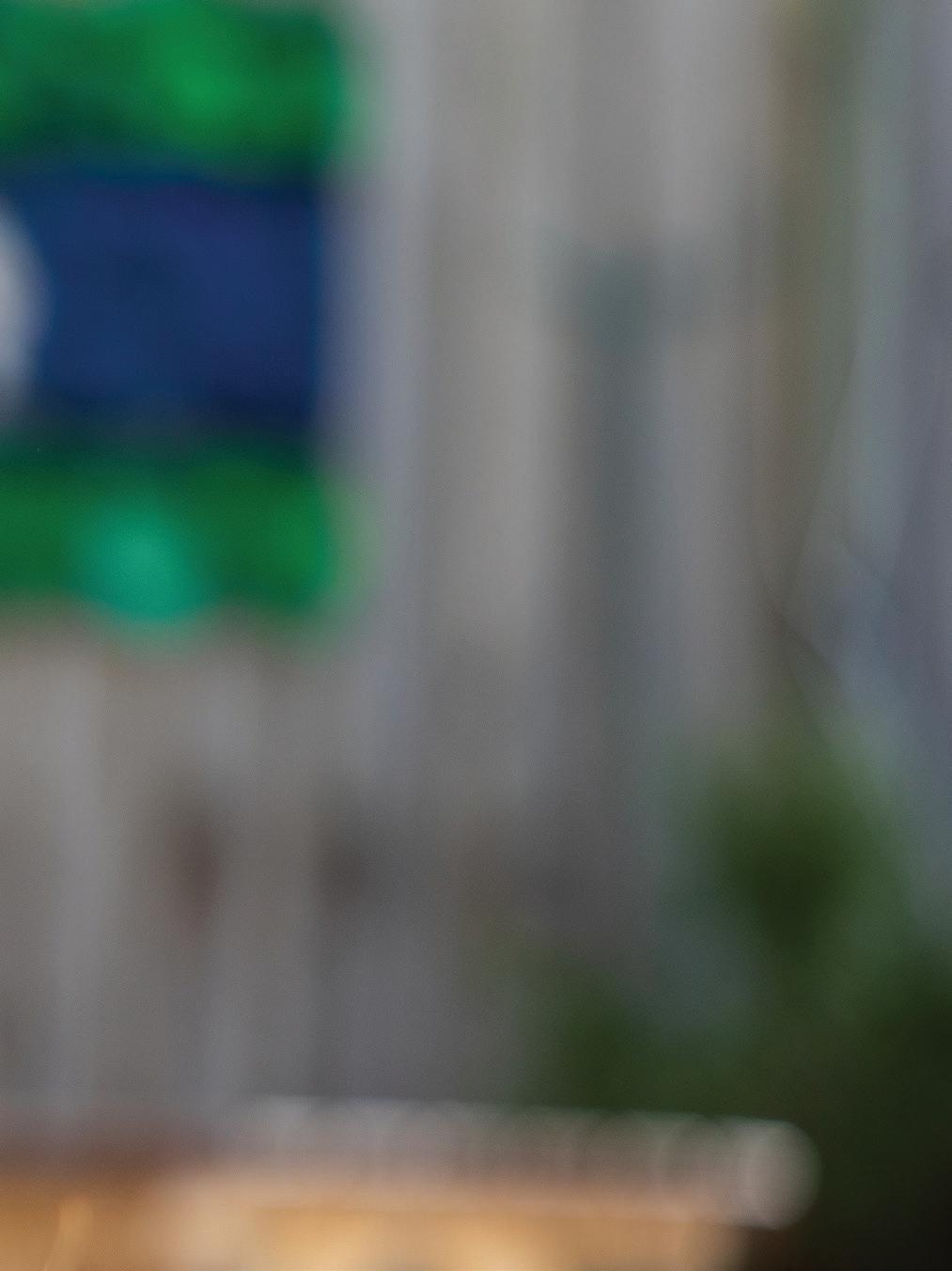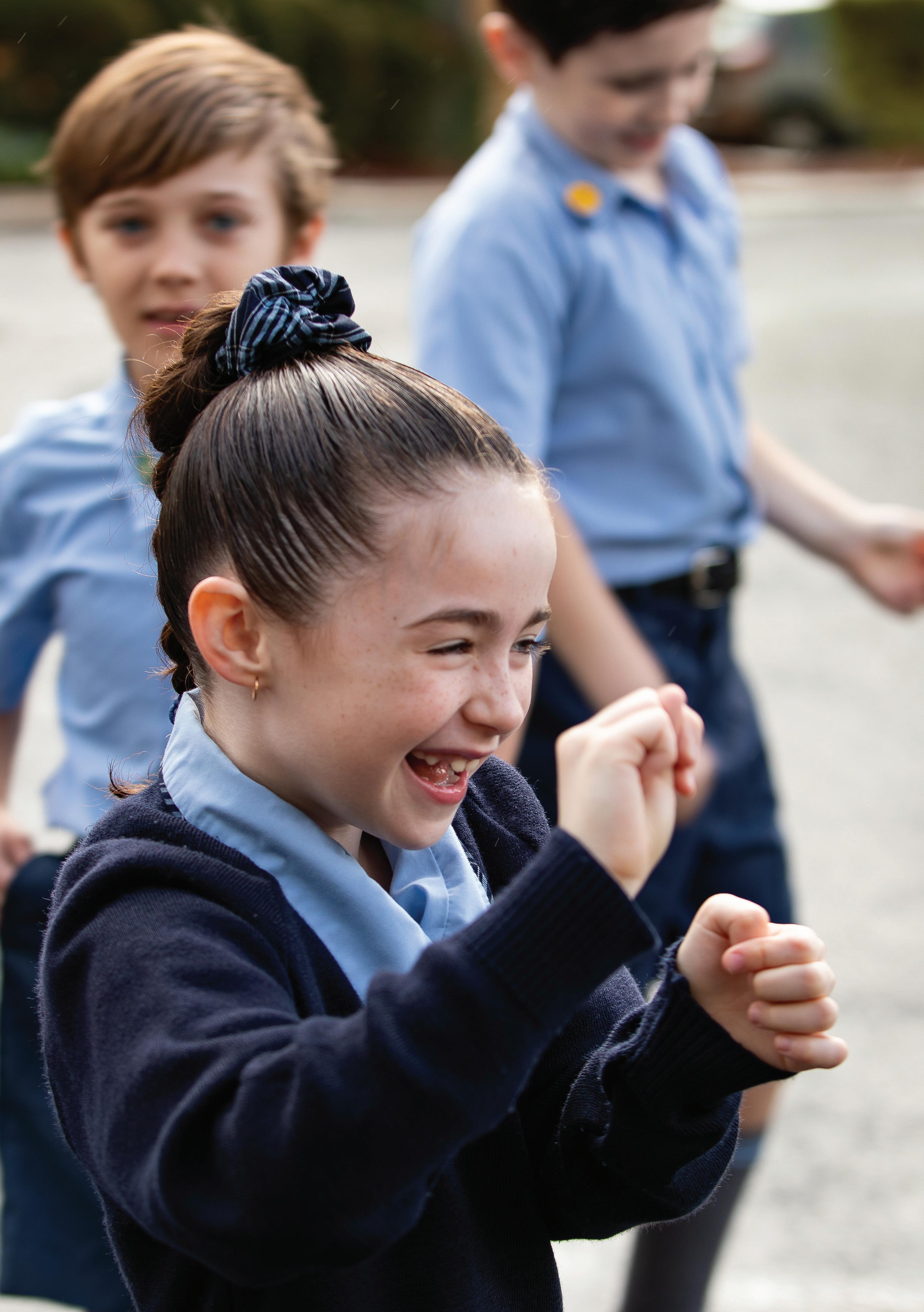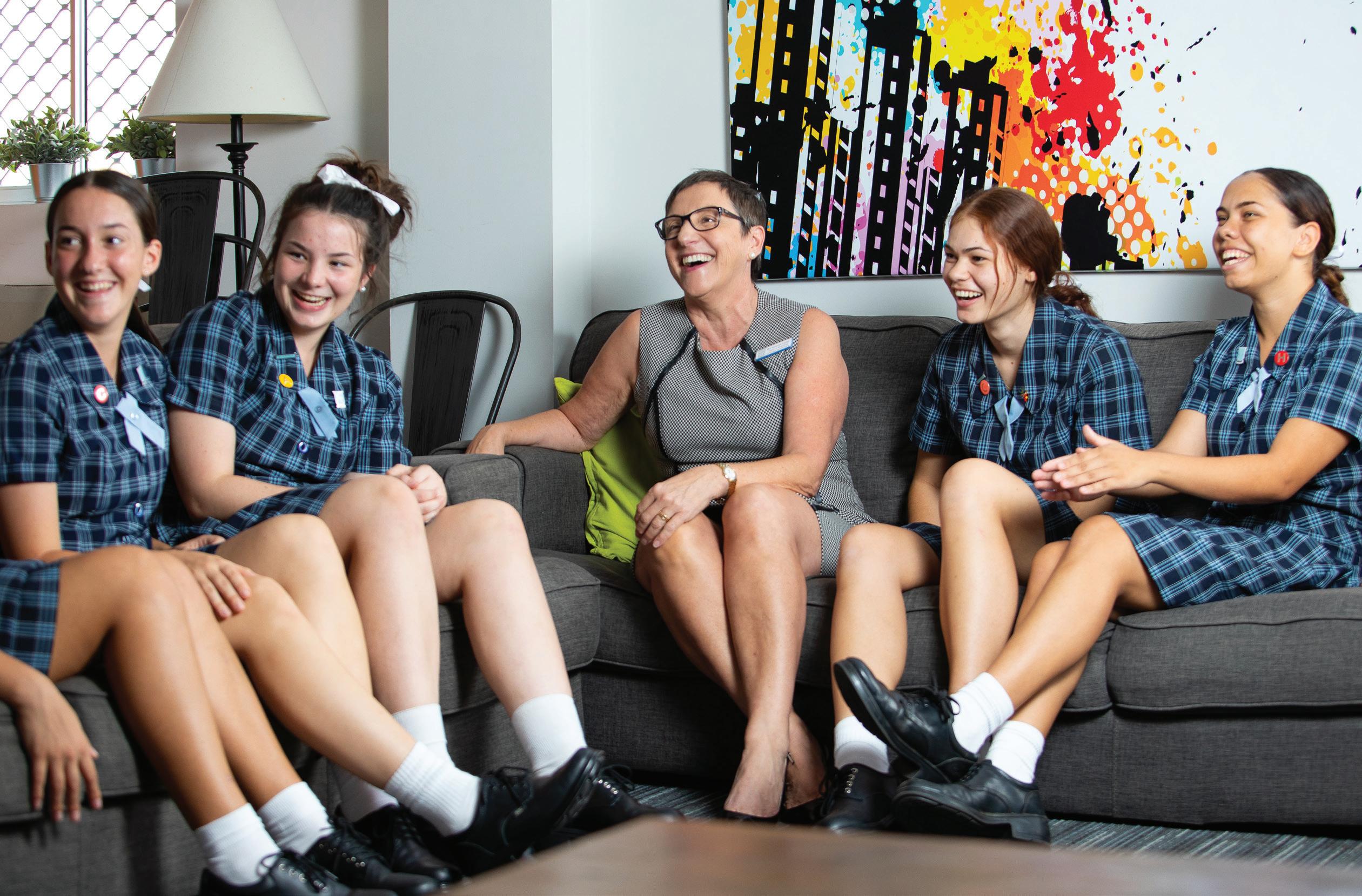
6 minute read
FEATURE
An Inquiry-Based Learning Process
One of our early childhood teachers, Mrs Jessica Houwen, discusses how inquiry-based learning is incorporated into life at our Early Education Centre.
Advertisement
An overview of inquiry-based learning Inquiry-based learning refers to a process in which children’s ideas spark curiosity and the desire to engage in deep learning. Inquiry based learning first and foremost is about collaborative, co-constructed learning in which teachers and children alike are learning together. This learning can be about a topic or theme that extends for a long period of time, a day project, or a spontaneous conversation during a group time. Inquiry-based, quite simply, is learning that involves an authentic discovery process, one filled with questioning, exploration, experimentation, and communication regardless of the subject.
Community of learners In my classroom we are a community of learners. I feel it is important to establish this when introducing inquiry-based learning into the classroom. Every person who enters our classroom is a part of our community of learners and there is an embedded expectation that we will all respect one another as learners. Observation By observing children throughout the day, without interfering in play or interrupting flow, you will notice patterns happening in play, conversations, and behaviours. Observing these things will tell you everything you need to know about where the children’s interests lie and the ways in which they learn best. I like to document conversations, play patterns and anything else I notice throughout the day as jottings in my planning book.
Identifying a potential interest I often begin a project with a story sack or a nook provocation which is usually set up on a small table tucked away against a shelf or corner of the room. I try to put an information book to accompany the resources. Observe the children engaging with the experience. Are they engaging in conversation with their peers? Do they want to talk to you about the experience you have provided? Are they accessing the text provided? Are they engaging in play with the resources? I like to add something new to the provocation every couple of days to pique the interest and further ignite the children’s curiosity.
Ask questions to challenge the children’s thinking When we as teachers and adults include ourselves in the learning journey as learners, the learning process becomes much more about the co-construction of learning. In inquiry-based learning if a child asks me a question about something that I am not familiar with, rather than delaying answering that child in order to find the answer first, I might simply say, “Hmm, that’s a really good question. I don’t know the answer to that... but I would love to find out. Where do you think we could look to find out that information?” This year my class has responded very well to my use of “seed” thoughts. It’s not a question, it’s not a statement – it’s a pondering; a “seed” to encourage the children’s thoughts to grow and expand from the ordinary responses and thought patterns. Seed thoughts are great for encouraging children to think more deeply about topics and help them begin to form their own, more abstract, or less

obvious questions. A seed thought, for example might be, “I wonder how bees carry pollen from flower to flower.” Routine and environment Children need time to find their flow. In flow, learning can occur on a deeper level. Ensuring children are equipped with large blocks of uninterrupted time within their day allows them to sink their teeth into the meat of an inquiry. It is equally important that children have access to an interesting and engaging environment that facilitates children’s investigations. When children have access to all the resources and materials they need, they develop a sense of agency in their learning space and take control of their own ideas, learning and investigations.
Using a range of resources These days we are incredibly lucky to have so many different types of resources available to us – and they all have a place in inquirybased learning. Children will grow to understand that they can get answers to their questions using a variety of resources. They develop an appreciation of information books, as well as a healthy respect for documentaries. Integrating story books into the inquiry learning process adds another layer to the children’s subconscious understanding and learning of the interest area. You might find they suddenly have another question after a story book or want to tell you why that scenario happened using what they have learned so far and in their own words.
Be flexible and be patient It is important to be flexible when utilising an inquiry-based approach. There is no timeline, and so, some inquiries can be relaunched organically. An example of this might be when exploring seeds. The children might naturally put the inquiry to the back of their mind while the seeds are growing and there are no visual changes, but once the seeds start to sprout, their curiosity and excitement is back again and the inquiry can pick up where it left off. It is equally important to know that sometimes particular threads of an inquiry project will not go in the direction you thought it would – and that’s perfectly fine, in fact it’s the whole purpose of inquiry-based learning. It is about what the children are interesting in learning more about, not the teachers desire to plan every aspect of the topic.
Support learning with age appropriate experiences –
hands on, multifaceted and real-life experiences Providing children with a variety of experiences to support their curiosity and their learning is an important part of inquiry-based learning. I like to provide relevant craft experiences, life skill trays, investigation tables, sensory experiences, and experiments in addition to information books, documentaries, and story books. When possible, I use real items to support inquiries rather than pretend ones. If we are looking at bees this would mean bees found outside that have passed, or bees in resin. Children get excited when they are presented with something new and interesting. So first think inside the box, then think outside of it. Documentation and making learning visible When documenting a project or topic that is being inquired about it is very important to make it visible to the children. At the EEC, we use documentation panels to highlight the journey we have taken. It consists of information we have researched, photos, drawings, ponderings and questions the children have had, brainstorm bubbles, QR codes, artwork, models – it is multifaceted. By keeping learning visible we are demonstrating the authentic inquiry-based process being followed. Children love to reflect on their learning which means that the learning being documented needs to be relevant and meaningful for the children. —Ms Jessica Houwen
Early Education Centre Teacher












